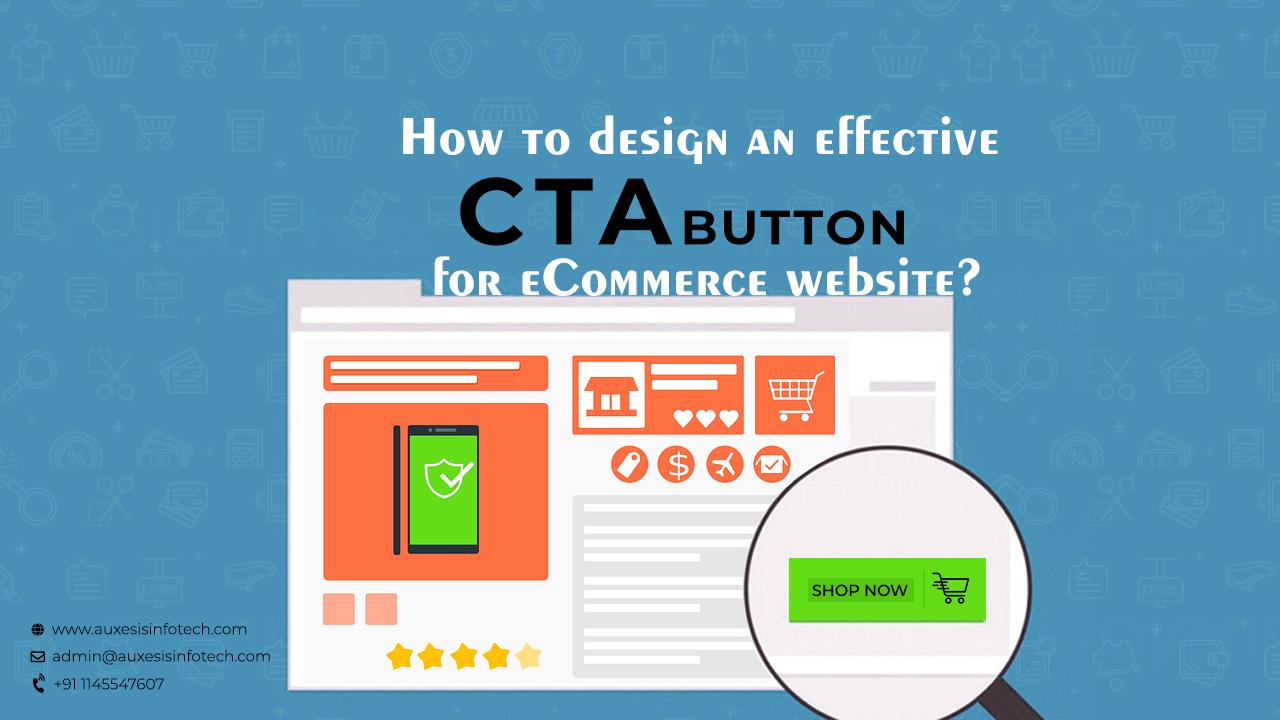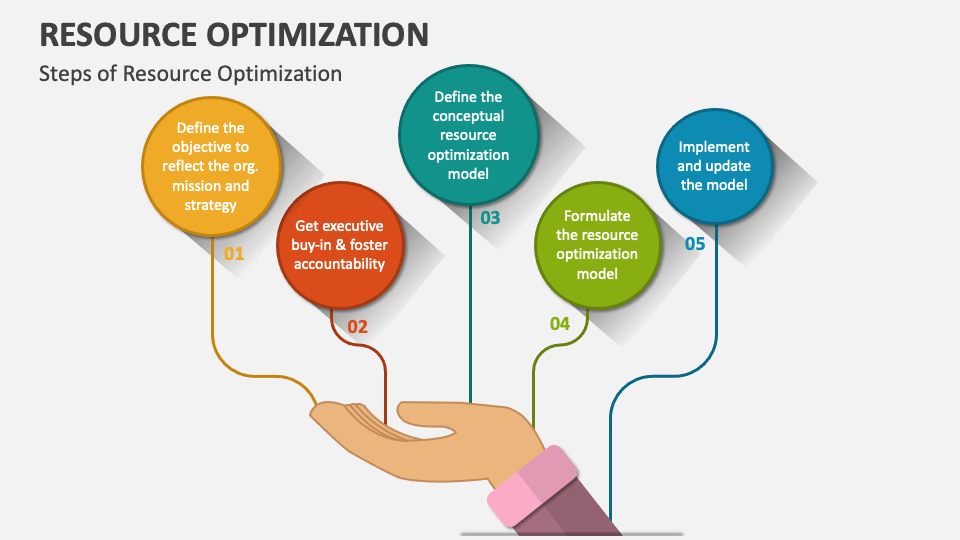In the era of digital marketing, one of the biggest challenges advertisers face is how to effectively engage their audience and prompt them to take action. Call to Actions (CTAs) play a crucial role as a key marketing strategy. So, how can you design and implement an effective CTA to maximize your ad's impact?

What is a Call to Action (CTA)?
A Call to Action (CTA) refers to content or a button in an advertisement or marketing material that guides the audience to take a specific action. Common CTAs include "Buy Now," "Download for Free," "Sign Up for More Information," etc. These simple phrases or sentences aim to motivate the audience to take the next step through clear instructions.
Elements of Designing an Effective CTA
- Clarity: A CTA must be simple and clear so that the audience can understand it at a glance. Avoid using complex words and long sentences. For example, "Buy Now" is more attractive than "Please consider purchasing our product."
- Urgency: Creating a sense of urgency can effectively prompt the audience to act quickly. Phrases like "Limited Time Offer" or "Only a Few Left in Stock" make the audience feel they might miss out if they don't act immediately.
- Value Proposition: Let the audience know what benefits they will receive. For example, "Download the Free Ebook" not only tells the audience what to do but also clarifies the reward they will get.
- Visual Appeal: The CTA button or link should stand out on the page. Use contrasting colors, highlights, or large fonts to make it pop. Ensure the button design matches the overall brand style while being visually attractive.
- Action-Oriented: Use phrases that start with a verb, such as "Buy," "Download," "Register," etc. These verbs directly indicate the action the audience should take and effectively drive behavior.

Common Types of CTAs and Their Applications
- Buy Now: Suitable for e-commerce sites and product pages. The goal is to prompt the audience to make a purchase directly.
- Sign Up for More Information: Suitable for scenarios where gathering potential customer information is essential, such as B2B services, online courses, etc. Through registration, users can access more valuable information.
- Download for Free: Suitable for websites offering digital products or resources, such as ebooks, software trials, etc. Users can get resources for free while advertisers collect user information.
- Schedule a Demo: Suitable for scenarios where products or services need to be demonstrated to customers, such as software companies, consulting services, etc. Scheduling a demo allows customers to understand the product's features and benefits directly.

Strategies to Optimize CTAs
- A/B Testing: Perform A/B testing on different versions of CTAs to find the most effective one. For example, test different button colors, copy, and positions to see which combination yields higher click-through and conversion rates.
- Data Analysis: Use data analysis tools to monitor the performance of CTAs. Pay attention to key metrics like click-through rates and conversion rates to identify improvement opportunities.
- User Feedback: Collect feedback from users to understand their feelings about the CTA. Adjust the design and copy of the CTA based on feedback to better meet user needs.
- Mobile Optimization: Ensure CTAs are effective on mobile devices as well. With the increasing number of mobile users, the performance of CTAs on phones and tablets is crucial. Make sure the buttons are large enough and easy to click, with clear and visible copy.

Conclusion
A successful Call to Action (CTA) is not just a simple button or link; it requires careful design and continuous optimization to maximize its effect. Advertisers should keep exploring and trying to find the most suitable CTA strategy for their products and target audience, thereby enhancing marketing effectiveness and promoting business growth.
Take action and start optimizing your CTAs today!